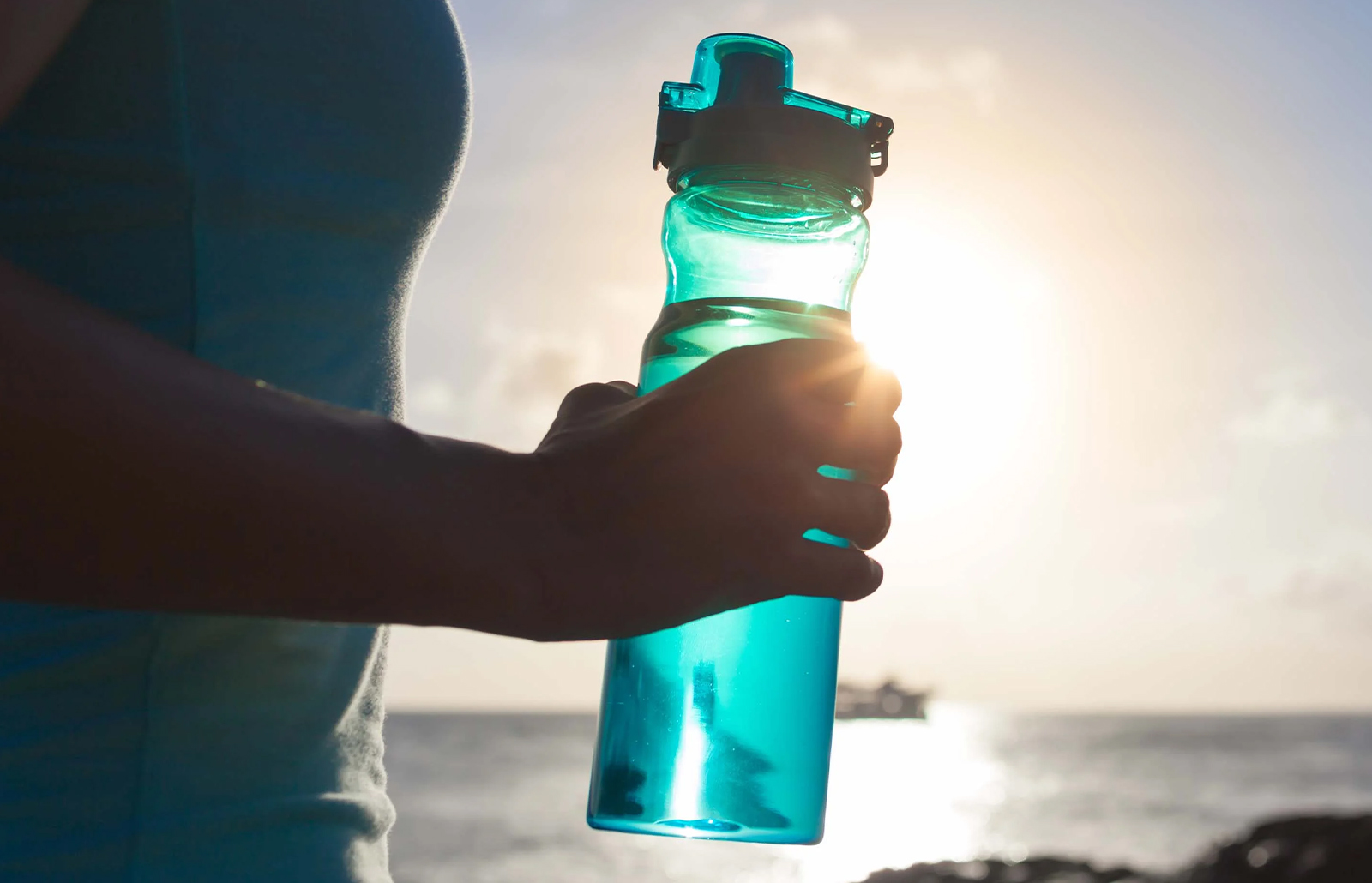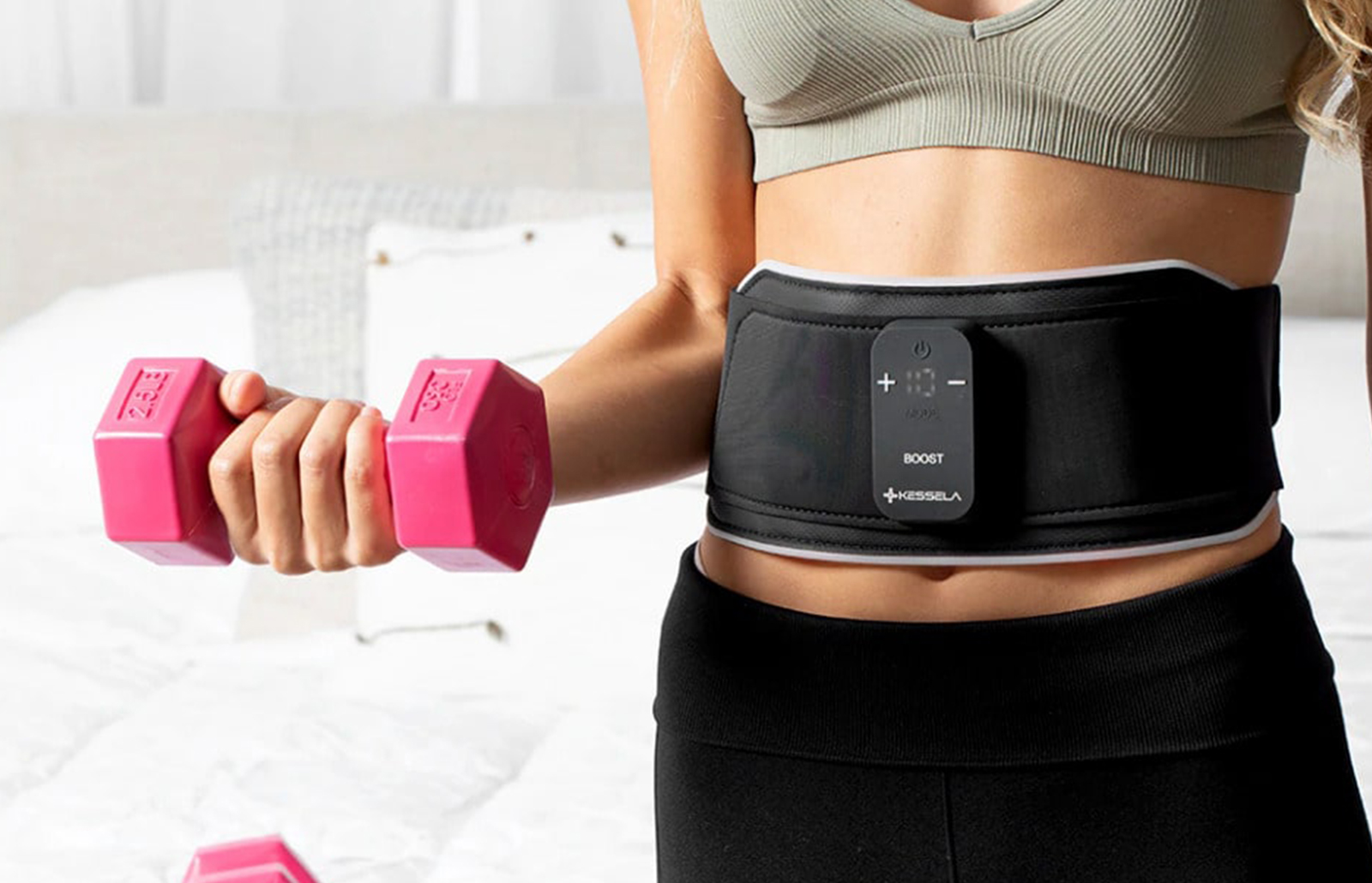
Photobiomodulation (PBM), commonly known as red light therapy, has become a widely used treatment for various health benefits, including pain relief, enhanced muscle recovery, skin rejuvenation, and even fat reduction. While the science behind PBM focuses on how light interacts with cells to stimulate healing and regeneration, an often overlooked but crucial aspect of maximizing its benefits is hydration.
Proper hydration is essential for overall health, but it becomes even more critical when undergoing PBM therapy. In this blog, we’ll explore why staying hydrated is important during PBM sessions, how hydration affects cellular processes, and some tips on maintaining adequate hydration for optimal results.
What is Photobiomodulation (PBM)?
Before diving into the importance of hydration, it’s important to understand how PBM works.
Photobiomodulation (PBM) is a non-invasive therapy that uses specific wavelengths of light (usually red or near-infrared) to penetrate the skin and stimulate cellular processes. This light energy is absorbed by the mitochondria in cells, which are responsible for producing adenosine triphosphate (ATP), the energy currency of the cell. As a result, PBM promotes cellular repair, reduces inflammation, and accelerates recovery, making it useful for a wide range of conditions such as muscle pain, joint issues, skin disorders, and even fat reduction.
However, to achieve these benefits, your cells need to function optimally—and hydration plays a key role in ensuring that happens.
The Role of Hydration in Cellular Function
Every cell in the body requires water to function. Water is essential for a range of cellular processes, including nutrient transport, waste removal, and energy production. When you are well-hydrated, your cells can efficiently carry out these processes, allowing the body to heal, recover, and regenerate more effectively. Here’s how hydration influences some of the most critical functions related to PBM therapy:
1. Energy Production (ATP Generation)
PBM stimulates the mitochondria to produce more ATP, which powers cellular activity. However, ATP production is a water-dependent process. Dehydration can impair mitochondrial function, reducing the efficiency of energy production. Proper hydration ensures that cells have the necessary environment to maximize ATP output, which is vital for healing and recovery.
2. Tissue Repair and Inflammation Reduction
Hydration is crucial for tissue repair and inflammation control, both of which are primary targets of PBM. Water aids in delivering nutrients and oxygen to damaged tissues, while also helping to flush out toxins and inflammatory byproducts. Without adequate hydration, these processes slow down, and the effectiveness of PBM may be diminished.
3. Skin Health and Elasticity
Many people use PBM for skin-related benefits such as improving skin texture, reducing wrinkles, and treating acne. Hydrated skin is more elastic, resilient, and able to heal from injuries or inflammation more quickly. Since PBM works by enhancing collagen production and promoting skin rejuvenation, being well-hydrated can amplify these effects.
4. Lymphatic System Function
One of the ways PBM aids in fat reduction is by stimulating the lymphatic system, which helps to remove fat and other waste materials from the body. Hydration plays a vital role in the efficiency of the lymphatic system. When the body is well-hydrated, lymph fluid can flow more freely, allowing for better detoxification and waste removal. Dehydration can slow this process, limiting the fat-reducing benefits of PBM.
How Hydration Affects PBM Outcomes
While PBM works through light energy, its effects are still largely dependent on biological processes that require water. Here’s a breakdown of how hydration can influence the outcomes of PBM therapy:
1. Enhanced Absorption and Penetration
Hydrated tissues absorb light more effectively. Water in the tissues helps in the absorption of light, which in turn increases the depth of penetration and boosts the overall effectiveness of PBM treatments. Dehydrated skin and tissues may reflect more light, reducing the therapy’s efficacy.
2. Improved Circulation
Good hydration promotes healthy blood flow, which is essential for transporting oxygen and nutrients to tissues, as well as removing waste products. PBM can enhance circulation, but if the body is dehydrated, the benefits may be muted. Dehydrated blood becomes thicker, making circulation less efficient, and hindering the delivery of healing nutrients to cells.
3. Optimized Detoxification
As PBM stimulates cellular activity and repairs tissues, the body will produce more waste byproducts. Hydration is essential for flushing out these toxins and preventing them from building up. Proper hydration ensures that your body can detoxify effectively, allowing the full healing benefits of PBM to take place.
4. Faster Recovery Time
Hydration is critical for recovery, especially when PBM is used for muscle healing or post-injury rehabilitation. Water helps to reduce muscle soreness, repair tissue damage, and shorten recovery time. Dehydration can lead to longer recovery periods and reduced effectiveness of PBM treatments.
Hydration Tips for PBM Users
Now that we’ve established the importance of hydration during PBM therapy, here are some practical tips to ensure you’re staying properly hydrated before, during, and after your sessions.
1. Hydrate Before Your Session
Make sure you drink plenty of water in the hours leading up to your PBM treatment. Aim for at least 16-20 ounces of water within two hours before your session. This will ensure that your body is well-prepared to absorb the light energy and facilitate the repair processes.
2. Sip Water During and After the Session
During your PBM session, keep water nearby and sip it throughout the treatment. After the session, continue hydrating to support the body’s detoxification and repair processes. Drinking water afterward helps flush out any toxins or fat that have been mobilized by the therapy.
3. Monitor Your Daily Hydration Levels
For optimal cellular function and overall health, it’s important to stay hydrated throughout the day, not just around your PBM sessions. A good rule of thumb is to drink half your body weight in ounces of water each day. For example, if you weigh 150 pounds, aim to drink at least 75 ounces of water daily.
4. Balance Electrolytes
If you’re engaging in vigorous exercise or live in a hot climate, you may also need to replenish your electrolytes. Electrolytes help maintain proper hydration levels and support muscle function. Consider drinking an electrolyte-enhanced beverage or adding a pinch of sea salt to your water.
5. Watch for Signs of Dehydration
Signs of dehydration include dry skin, dark urine, fatigue, headaches, and muscle cramps. If you notice any of these symptoms, increase your water intake immediately, especially if you are undergoing PBM therapy.
Conclusion
Hydration is a vital component in maximizing the benefits of photobiomodulation (PBM) therapy. From improving the absorption of light and enhancing tissue repair to aiding in fat reduction and detoxification, water plays an integral role in ensuring that your PBM sessions are as effective as possible. Staying hydrated not only supports your overall health but also ensures that you’re getting the most out of your PBM treatments.
So, before your next PBM session, grab a glass of water and make sure you’re properly hydrated. Your cells—and your results—will thank you!
Get started today
Lighten Your Workout Load, Electrify Your Results!
Start your journey to a better you! Our products come with a full one year warranty. We'll replace it if any issues arise from product defects.







